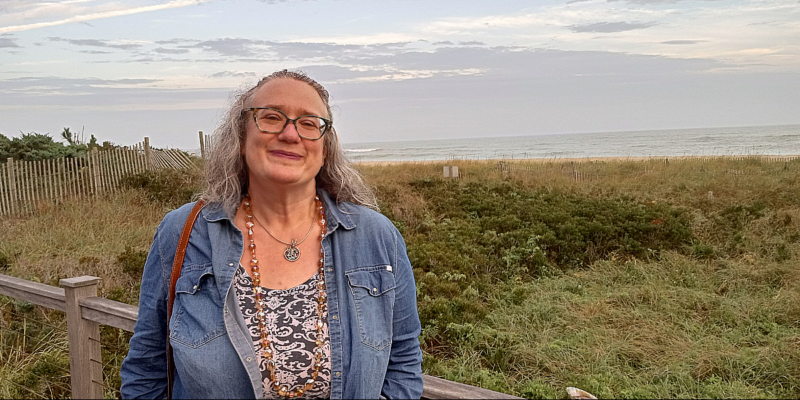By Nathan Duke
Two Armenian women who live in a Flushing home for the elderly recalled their experiences escaping the genocide that killed most of their family members and nearly 1 million other people in the Ottoman Empire just under 100 years ago during a remembrance of the massacre held by the Armenian House.
Onorik Eminian, 96, who had lived in Astoria, and Charlotte Kechejian, 96, of New Jersey, both escaped the slaughter of nearly 1 million Armenians in the Ottoman Empire between 1915 and 1918. The women, who now live in Flushing’s Armenian Home at 137−31 45th Ave., both gave lucid accounts of how they were forced to march through deserts and flee by boat to the United States after most of their family members were killed.
Eminian said she was adopted by a Greek family after her mother, father, grandmother and baby brother were killed and eventually sent to live in Astoria in 1930. Turkish soldiers took away her father, who she never saw again, and struck her in the head with a rifle butt. Her mother, grandmother and baby brother were later killed before her eyes.
“My mother was crying so much that they shot her and my grandmother in front of me,” she said. “They took my baby brother and banged him down. I saw all these things with my own eyes. It was monstrous.”
Eminian later married an American−born Armenian man, raised two daughters and ran a day−care center part−time.
Kechejian, who moved to Manhattan with her mother following the genocide and eventually settled in New Jersey, said she recalled walking for days with her mother through the desert after her family was forced out of its home.
“I remember hunger, but mostly thirst and walking,” she said. “I was telling my mother, ‘I can’t do it anymore,’ and she said, ‘Just a little more.’ They killed my father. I never knew him at all.”
Kechejian’s father, grandparents and cousins were all killed, but her aunt and uncle escaped to the United States.
Her mother took up needlework following her arrival in her new country and later opened a grocery store on 33rd Street in Manhattan. She said her mother asked her if she could remarry.
“She asked my permission,” Kechejian said. “What did I know? I was 8 years old. I’m so proud of my mother. I couldn’t have done what she did.”
Neither woman said she had returned to visit their home country since escaping the genocide.
The genocide is believed to have begun on April 24, 1915, after Ottoman authorities arrested 250 Armenian intellectuals in Constantinople, now Istanbul, Turkey. An estimated 972,000 Armenians in the Ottoman Empire were killed during a period of three years.
The slaughter has been recognized as genocide by more than 20 countries. The Turkish government still does not use that word to describe the massacre, but some parts of the nation’s society have questioned the state’s version of events.
Reach reporter Nathan Duke by e−mail at nduke@cnglocal.com or by phone at 718−229−0300, Ext. 156.

































